If you love fresh, crisp lettuce but don’t have a garden, here’s great news: you can grow organic loose-leaf lettuce in simple plastic grocery bags! This beginner-friendly gardening method is not only easy and affordable but also allows for multiple harvests from a single batch of lettuce. By repurposing grocery bags as containers, you can start a mini indoor or balcony garden that produces fresh, pesticide-free greens all year round.
In this guide, we’ll walk you step-by-step on how to grow loose-leaf lettuce in plastic bags, from seed to harvest, with tips to maximize yield and keep your plants healthy.
1. Why Grow Lettuce in Plastic Grocery Bags?
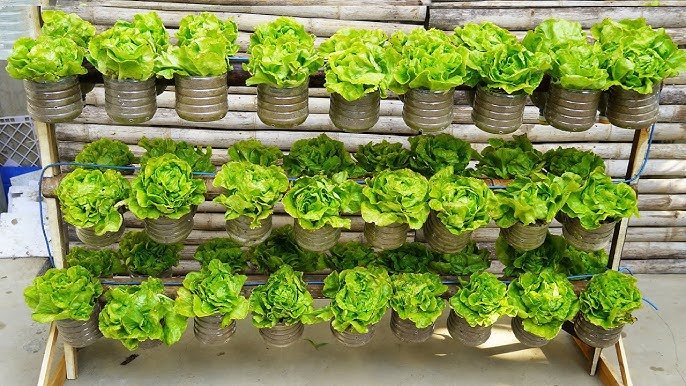
Using plastic bags as containers might seem unconventional, but it’s a smart way to start gardening, especially for beginners or those with limited space.
Benefits include:
- Space-saving: Perfect for apartments, windowsills, or small balconies.
- Cost-effective: Repurposes plastic bags you already have, reducing waste.
- Easy watering and care: Bags retain moisture well, reducing the need for frequent watering.
- Multiple harvests: Loose-leaf lettuce allows you to pick outer leaves continuously without uprooting the plant.
- Eco-friendly: Reduces the need for buying packaged greens and promotes sustainable gardening.
This method is ideal for anyone looking to grow fresh, healthy lettuce with minimal fuss.
2. Materials You’ll Need
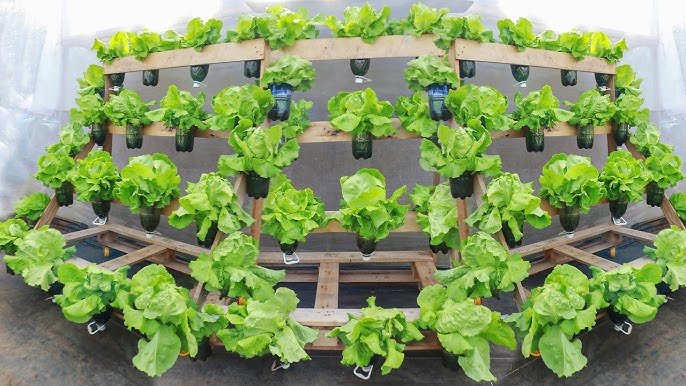
Before getting started, gather the following items:
- Plastic grocery bags (clean, sturdy bags work best)
- Potting soil or organic compost (loose and well-draining)
- Loose-leaf lettuce seeds (varieties like green leaf, red leaf, or oakleaf are perfect)
- Small tray or shallow container (optional, for initial seed germination)
- Scissors or knife
- Watering can or spray bottle
Optional: organic fertilizer such as compost tea or liquid seaweed extract for faster growth.
3. Preparing the Plastic Bag Planters
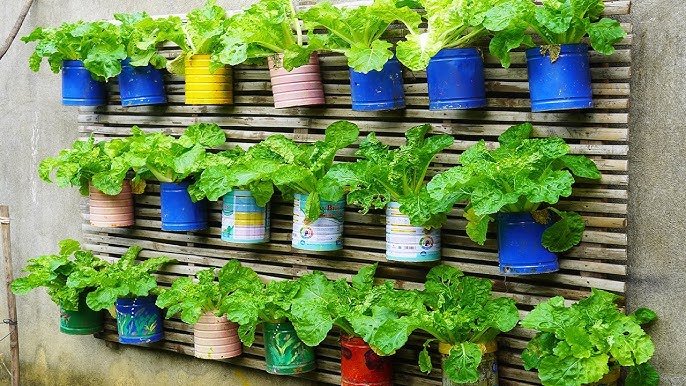
To turn a grocery bag into a functional planter, follow these steps:
- Clean the Bag:
Make sure the bag is free from residues, dirt, or holes. - Create Drainage Holes:
Poke 4–6 small holes in the bottom of the bag using scissors or a knife. Good drainage is essential to prevent root rot. - Add a Layer of Soil:
Fill the bag with 4–5 inches of potting soil. The soil should be loose and well-draining. You can mix compost or coco peat to improve aeration. - Optional Support:
For taller bags, fold the top edge over to create a stable rim that prevents tipping. You can also place the bag in a shallow tray to catch excess water.
Your bag planter is now ready for seeds!
4. Sowing Loose-Leaf Lettuce Seeds
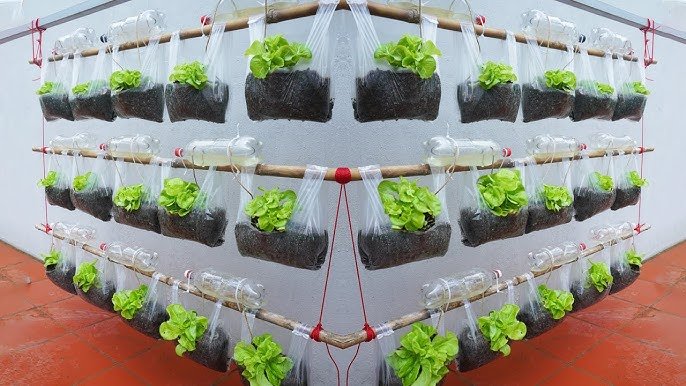
Loose-leaf lettuce is perfect for continuous harvesting because you can pick leaves individually while the plant keeps growing.
How to sow seeds in a bag planter:
- Sprinkle Seeds:
Evenly scatter 8–10 seeds per bag. You can thin later if necessary. - Cover Lightly:
Sprinkle a thin layer of soil (about 1/8 inch) over the seeds. Loose-leaf lettuce seeds need light to germinate, so don’t bury them too deep. - Water Gently:
Use a spray bottle or fine watering can to moisten the soil without washing away the seeds. - Provide Light:
Place the bag in a bright location with indirect sunlight or under grow lights. Ideal light exposure is 4–6 hours daily.
Seeds typically germinate in 3–7 days depending on temperature and moisture.
5. Caring for Your Lettuce Seedlings
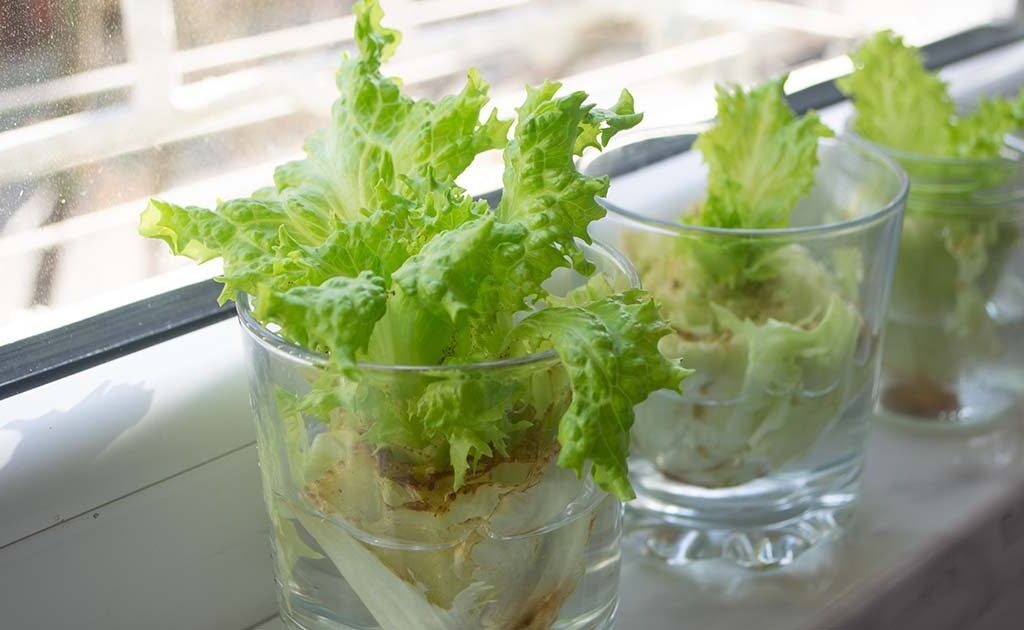
Once your seeds sprout, proper care ensures healthy growth and multiple harvests:
- Watering: Keep the soil consistently moist but not soggy. The bag helps retain water, so check daily and water as needed.
- Thinning: When seedlings reach 2–3 inches, thin them to one plant every 2–3 inches to allow sufficient space for growth.
- Light: Provide 4–6 hours of sunlight daily. If growing indoors, use a grow light for 12–14 hours a day.
- Temperature: Loose-leaf lettuce prefers cool conditions between 15–22°C (59–72°F). Avoid direct, harsh sunlight in hot climates, which can cause bolting (flowering).
6. Fertilizing and Nutrient Tips
Organic loose-leaf lettuce grows best in nutrient-rich soil. Here’s how to provide nutrients:
- At planting: Mix compost or slow-release organic fertilizer into the potting soil.
- During growth: Feed weekly with diluted compost tea or liquid seaweed extract to encourage lush, tender leaves.
- Avoid over-fertilization: Too much nitrogen can cause overly soft leaves that spoil quickly.
Healthy soil ensures a continuous harvest for several weeks or even months.
7. Watering Strategies
Plastic bag planters retain water well, but lettuce roots need steady moisture:
- Water lightly once a day or whenever the top soil feels dry.
- Avoid waterlogging by ensuring drainage holes remain clear.
- Spray seedlings with a mist to prevent soil crusting.
This careful watering method reduces stress on the plant, promotes healthy growth, and supports multiple harvest cycles.
8. Harvesting Loose-Leaf Lettuce
Loose-leaf lettuce allows multiple harvests without uprooting the plant:
- Outer leaves: Pick when they reach 3–4 inches long, leaving the center leaves to continue growing.
- Full harvest: After 6–8 weeks, if the plant grows large enough, you can cut all leaves and let new seedlings regrow from remaining roots (if desired).
- Continuous supply: Stagger sowing in multiple bags every 1–2 weeks for a continuous harvest of fresh lettuce.
Freshly picked leaves are crisp, tender, and perfect for salads, sandwiches, or wraps.
9. Advantages of Plastic Bag Gardening
Using plastic bags for growing lettuce offers several benefits:
- ✅ Low-cost: No expensive pots or planters needed.
- ✅ Space-efficient: Ideal for small balconies or indoor spaces.
- ✅ Beginner-friendly: Easy to set up and manage.
- ✅ Multiple harvests: Loose-leaf variety keeps producing leaves.
- ✅ Eco-conscious: Reuses plastic grocery bags, reducing waste.
It’s an accessible way to start gardening for anyone, regardless of experience.
10. Tips for Optimal Growth
To maximize your lettuce yield in plastic bags:
- Use high-quality potting soil mixed with compost.
- Thin seedlings to prevent overcrowding.
- Maintain consistent moisture, but avoid soggy soil.
- Place bags in partial sunlight if growing in hot climates.
- Rotate bags occasionally to ensure even light exposure.
- Consider planting different lettuce varieties together for color and flavor diversity.
Following these tips will result in lush, crisp leaves and a productive indoor or balcony garden.
11. Troubleshooting Common Problems
Even in small-scale bag gardening, issues can occur. Here’s how to fix them:
- Yellow leaves: Could indicate nutrient deficiency or overwatering. Adjust soil nutrients and drainage.
- Slow growth: Ensure adequate light, proper spacing, and consistent moisture.
- Pests: Aphids or mites can appear indoors. Spray with mild neem oil or wipe leaves gently.
- Bolting: High heat or direct sunlight may cause flowering. Move bags to cooler, shaded spots.
With proper monitoring, these problems are easily manageable.
12. Expanding Your Plastic Bag Lettuce Garden
Once you’ve mastered a few bags, you can scale up your lettuce production:
- Grow multiple bags on a windowsill or balcony railing.
- Stagger planting every week to ensure a continuous supply.
- Combine lettuce with other leafy greens like spinach, kale, or arugula in separate bags.
- Use vertical stacking or hooks to maximize space in small areas.
This method allows even urban gardeners to enjoy fresh greens year-round.
13. Environmental and Lifestyle Benefits
Growing lettuce in plastic bags isn’t just practical — it’s also sustainable and rewarding:
- 🌿 Reduces plastic waste by repurposing grocery bags.
- 💧 Saves water compared to traditional soil gardens.
- 🥗 Encourages healthy eating with fresh, chemical-free produce.
- 🌎 Perfect for urban living where space is limited.
A small bag garden can make a big difference for your health, your wallet, and the environment.
Conclusion
Growing organic loose-leaf lettuce in plastic grocery bags is one of the easiest and most cost-effective ways to enjoy fresh greens at home. With minimal setup, space, and effort, even beginners can produce a continuous supply of crisp, flavorful lettuce while reusing materials and conserving resources.
From sowing seeds to harvesting leaves, this simple method proves that home gardening can be fun, sustainable, and rewarding. Start with one or two bags, experiment with different varieties, and before long, you’ll have a thriving indoor or balcony lettuce garden that keeps producing for months.
So grab those grocery bags, some soil, and seeds — and enjoy the satisfaction of growing your own fresh, organic lettuce at home!
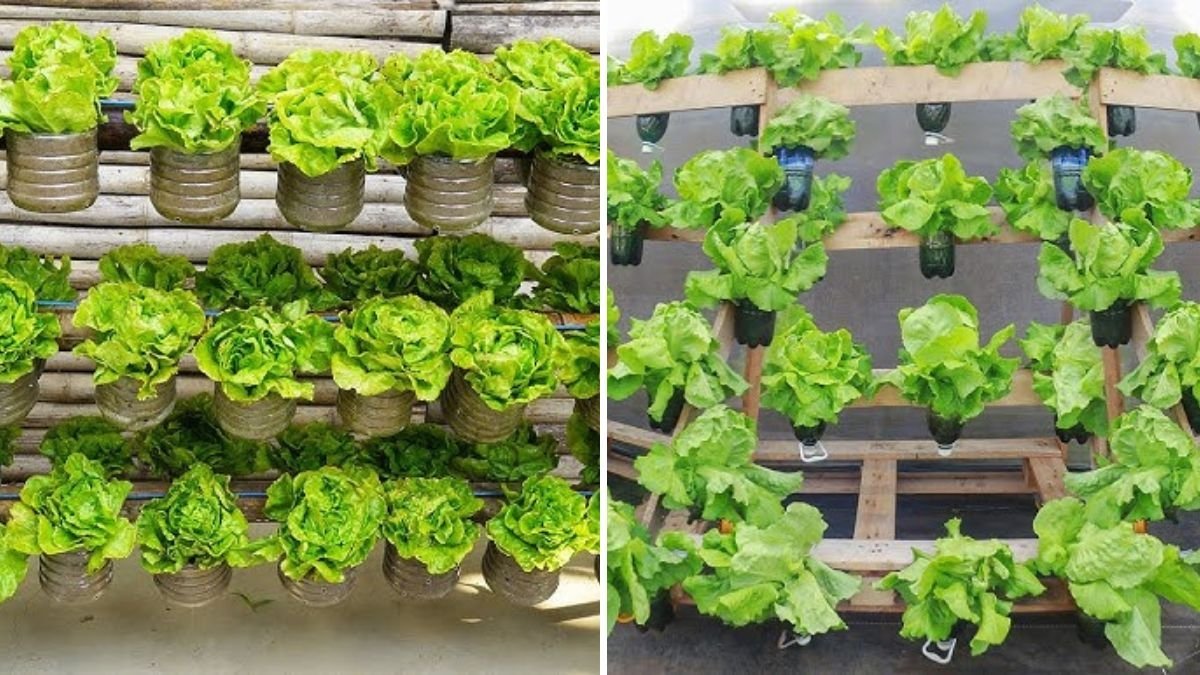
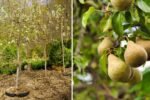
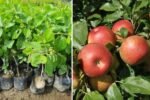
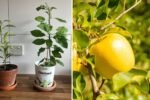


Leave A Comment